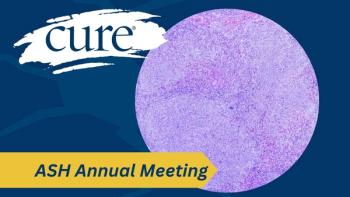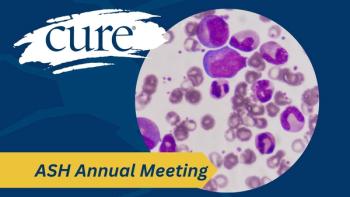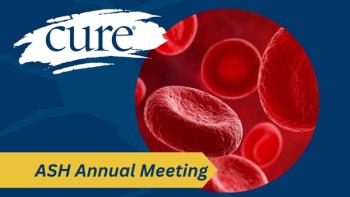
Speaking the Same Language: Collaboration to Educate on Neuroendocrine Cancer
Because of the rarity of a neuroendocrine tumor (NET) diagnosis, the Healing Net Foundation aims to educate physicians on the disease – an initiative many patient advocates feel can improve outcomes.
Because of the rarity of a neuroendocrine tumor (NET) diagnosis, the
“A lot of physicians don’t know this disease very well, therefore, a lot of patients don’t know this disease very well. The more you can
At the
The
“It’s not just like going to a conference because there are lots of those for different types of cancer around the country. But this one brings physicians that are involved within the NET community together,” explained Gary Murfin, a patient advocate from the Pacific Northwest NETS Support Group.
“They can exchange new ideas that they have come across that they are working on research-wise,” he added. “It is this exchange of information that is really helpful to the physician, but in the long run it is going to be helpful to the patient who is going to be on the receiving end in terms of diagnostics or the treatment modality that is used.”
Josh Mailman, the president of NorCal CarciNET, agreed, adding that the addition of patient advocates to provider education is key. “This meeting is really important to give physicians a way to share best practice in a safe way that isn’t all lecture-based and for them to work together to create collaborative resources,” he said. “This one is really interesting because it has a fair amount of patient advocates so that physicians can hear from representatives of the patient community just how much this disease is impacted.”
As part of this initiative, the foundation worked with the Los Angeles Carcinoid Neuroendocrine Tumors Society (LACNETS) to create
“We need to speak the same language,” said LACNETS founder Giovanna Imbesi. “When I was newly diagnosed, there is all of this lingo and abbreviations and acronyms, I didn’t know any of those. What we were hoping to do with NET Vitals was create tools so that people can start to speak the same language. Then, when I’m seeing my doctor, we’re not going back to simple definitions. We can actually talk about my treatment and diagnosis rather than just translating.”
With the many strides the Healing NET Foundation has made with its annual summits, much more still needs to be done to educate more on the disease, said Ertel. “We just need to stay the course, keeping fighting hard and keep spreading the word,” he added. “The more physicians we can get on board, the better off we’ll be. We need the physicians to get on board and be informed and that’s a big part of what the Healing Net Foundation does.”





